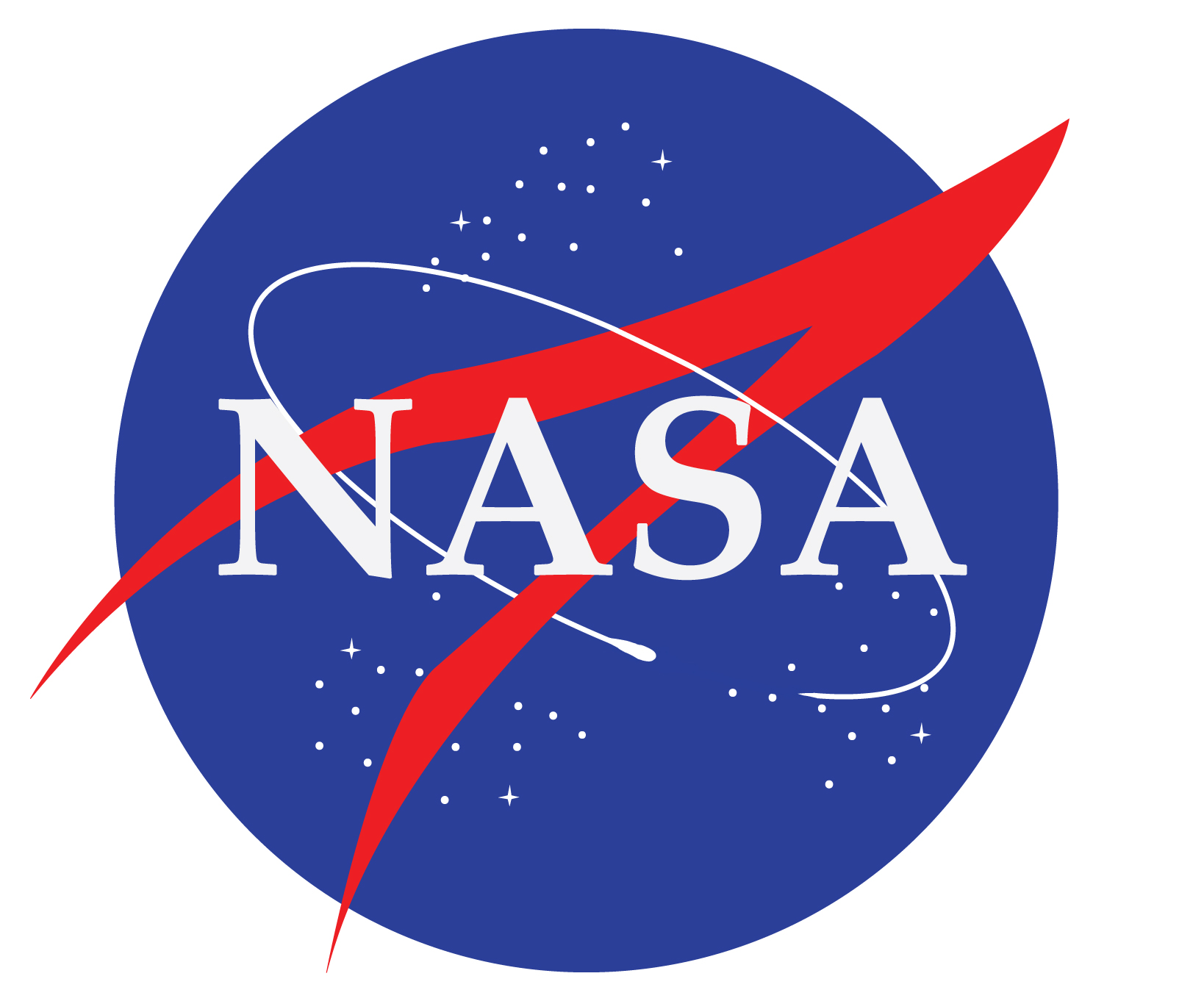Part 2 of 2 Parts (Please read Part 1 first)
Julius Karlapp is a Research Assistant at the Dresden University of Technology and lead author of the study. He said, “With its low density of 0.18 kilograms per cubic meter, aerographite undercuts all conventional solar sail materials. Compared to Mylar (a metallized polyester foil), for example, the density is four orders of magnitude smaller. Assuming that the thrust developed by a solar sail is directly dependent on the mass of the sail, the resulting thrust force is much higher. In addition to the acceleration advantage, the mechanical properties of aerographite are amazing.”
Through these simulations, the researchers discovered that the direct outward transfer method and the inward transfer method resulted in the solar sail reaching Mars in twenty-six days and one hundred and twenty-six days, respectively. The first one hundred and three days would be the travel time from Earth to the deployment point at six tenths of an AU.
For the journey to the heliopause, the direct outward transfer method would require five and three tenths years. The inward transfer method would need four and two tenths years, respectively. The first one hundred and three days would be required to reach the deployment point at six tenths of an AU. The explanation for why the heliopause is reached in a faster time with the inward transfer method is because the solar sail achieves maximum speed at three hundred days. The solar sail would require about two years to reach maximum speed with the outward transfer method.
Using current rocket powered spacecraft, it is estimated that it would take between seven and nine months to reach Mars. This is only possible during specified launch windows that occur every two years relying on the position of both planets to be aligned at both launch and arrival of any spacecraft going to or coming from Mars. Estimating current travel times to the heliopause can be accomplished using NASA’s Voyager 1 and Voyager 2 probes. They reached the heliopause in approximately thirty-five years and forty-one years, respectively.
The researchers mentioned that one major concern of using solar sails is deceleration of the spacecraft upon arriving at Mars. They mention aerocapture as one solution, the say that this still requires further study. (Aerocapture is an orbital transfer maneuver in which a spacecraft uses aerodynamic drag force from a single pass through a planetary atmosphere to decelerate and achieve orbit insertion.)
Dr. Martin Tajmar is a physicist and Professor of Space System at the Dresden University of Technology and a co-author on the study. He said, "Aerocapture maneuvers for hyperbolic trajectories (like flying from Earth to Mars) use the atmosphere to gradually reduce velocity due to drag. Therefore, less fuel is required to enter the Martian orbit. We use this braking maneuver to eliminate the need for additional braking thrusters, which in turn reduces the mass of the spacecraft. We're currently researching what alternative strategies might work for us. Yet the braking method is only one of many different challenges we are currently facing.”
Solar sail technology has been proposed by NASA as far back as the 1979s. A recent example of solar sail technology is the NASA Solar Cruiser, which is currently scheduled to launch in February 2025.
